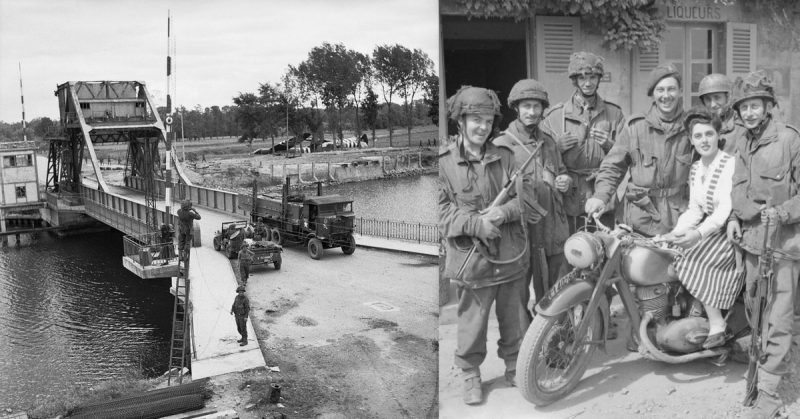On the night before D-Day, as part of the Allied invasion of Normandy, 181 men of the Glider Infantry of the British 6th Airborne Division dropped by parachutes and Horsa Gliders near the Caen Canal and Orne River.
The Bridges
The objective was to secure the Benouville and Ranville bridges to prevent a German counter-attack against the forces landing on Sword Beach, Normandy.
The Benouville Bridge, which would later be renamed The Pegasus Bridge, was a movable bridge that connected Caen and Ouistreham over the Caen Canal. Major John Howard’s task was to take this bridge and the nearby Horsa Bridge that spanned over the River Orne a few hundred yards away and hold them until relief arrived.
The men that would secure these bridges were members of D and B companies, the 2nd Battalion, Ox and Bucks light infantry, Royal Engineers of 249 Field Company, and the Glider Pilot Regiment.
Just before the men boarded the gliders, codewords were issued. ‘Ham’ indicated the canal bridge was captured and ‘Jam’ the river bridge. Capture and destruction of the canal bridge would be signalled using the codeword ‘Jack’; ‘Lard’ would be used if a similar fate befell the river bridge.
The Capture
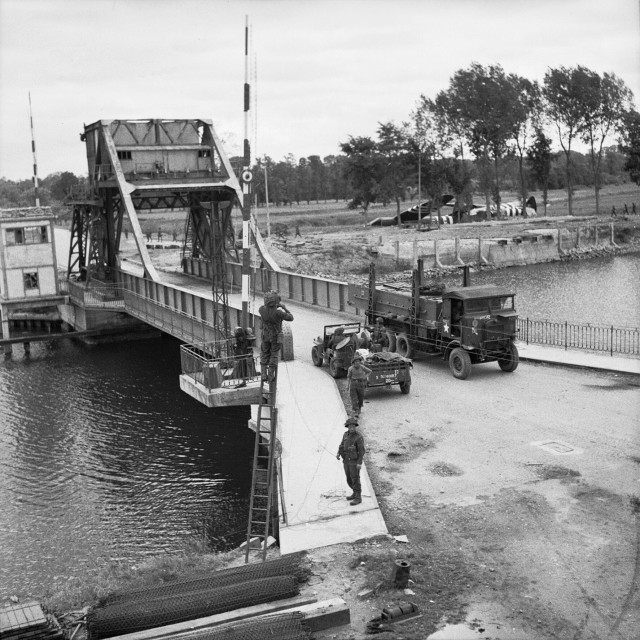
As midnight fell on the small village of Benouville, the gliders holding the Ox and Bucks and D company were preparing to land. The Germans were shooting at them with small arms and they had to navigate around timber stakes disguised to look like concrete pillars.
All but two landed safely within 50 yards of the bridges, with Major Howard’s glider setting down at just a few feet. Lance Corporal Fred Greenhalgh drowned in a pond in an unfortunate glider landing, and an errant glider landed nearly seven miles away, the occupants of which made their way back through the German lines to rejoin the British forces and continue the invasion.
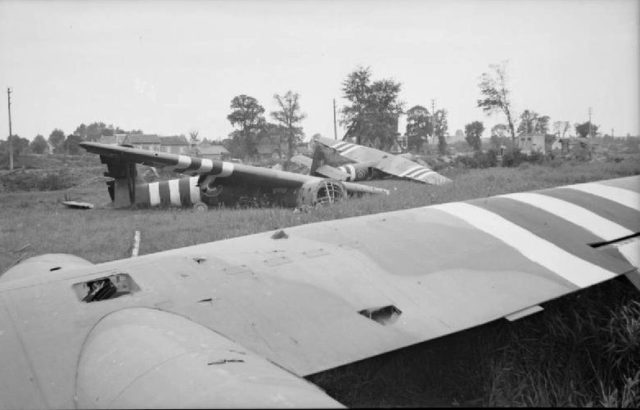
For the other soldiers, action upon landing was immediate. The Germans had set demolition charges on the bridge in case of enemy attack, and the Royal Engineers had to unset the charges. British soldiers charged the bridge, taking out a machine gun operator, and attempted to make it to the other side by shooting and throwing grenades.
A fatality occurred when Lieutenant Den Brotheridge was lobbing a grenade and was wounded by retaliatory enemy fire.
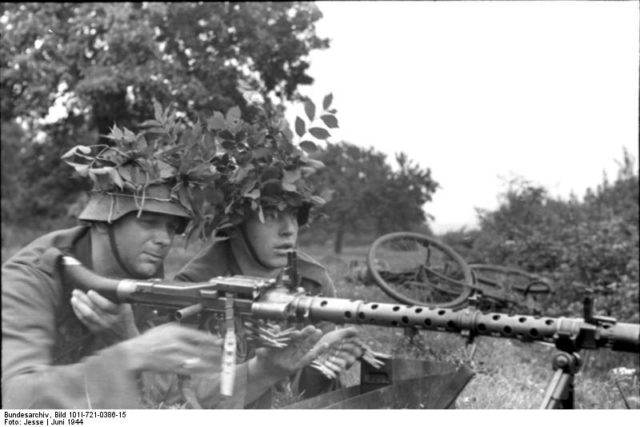
Within 10 minutes of landing and through an intense gunfight, they captured both bridges. Six hours before the D-Day ships landed on Normandy’s beaches, Major Howard radioed “Ham and Jam”, code that he now held both bridges.
Thirty minutes later, paratroopers landed to provide reinforcement in continuing to hold the two bridges. Len Buckley describes what he saw when they landed:
“After brief rendezvous in an orchard nearby, we had to go at the double onto the bridge to relieve the Ox & Bucks who had already taken the bridge. They had obviously had quite a fire-fight; we passed an armored half-track on fire. Hit by a PIAT, the vehicle was exploding all over the place as its ammunition went off.”
The parachute battalion held the bridges even against armored attack from the Germans.
In Benouville, the A Company had been cut off from the rest of the battalion, but despite severe losses, they held on until the infantry arrived (with Commander Lord Lovat’s Scottish piper, Private Bill Millin playing the bagpipes) and secured the town.
Pegasus Bridge
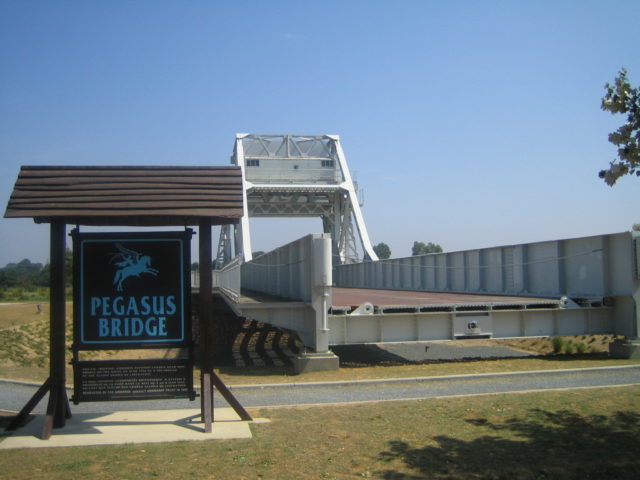
The Parachute Regiment wear an emblem of the Pegasus. In 1944, the Benouville Bridge was rededicated as the Pegasus Bridge in honor of the soldiers that liberated the town.
The original bridge was replaced in the early ’90s, but in a symbolic sales transaction of only one franc, the bridge was sold to the museum where it can be seen today.
In 1999, the bridge over the Orne river was renamed Horsa bridge.
The first home liberated in France was in the village of Benouville; it now houses a café and a museum. The Gondrée family that lived in that home placed a commemorative plaque on Lt. Brotheridge’s grave, in the village churchyard.
This year, the Pegasus Bridge Museum will be remembering that day and the Battle of Normandy with a concert and tours of two boats, one of which – Motor Gun Boat 81 – was used in the D-Day Landings.
